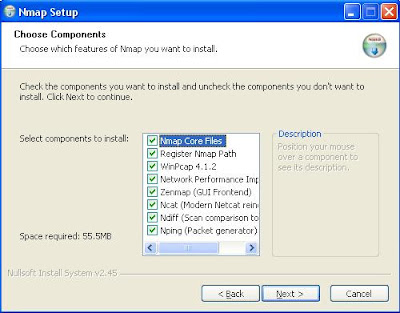BASH scripting in Linux: an introduction [Linux]
I've already used a bit of BASH scripting in my Wifi sniffing tutorial, but the importance of scripting in BASH and other languages such as Perl, Ruby, and Python is so great I need to write separate posts for them all. Bash stands for "Bourne-Again Shell" (you will see "sh" stands for "shell" in many places). Named aptly for being the successor of the Bourne Shell, it came into use in 1989 and has since been a main scripting language for Linux and has many different options such as piping (seen before on my blog), variables and control structures (like all good languages), file reading, and the Unix "wildcard" usage by the asterisk (*) key. Enough about stuff I'm sure you guys don't care about, lets jump right in!



